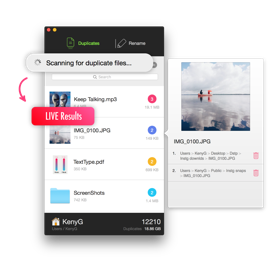
- #Install filebeats with yum how to#
- #Install filebeats with yum install#
- #Install filebeats with yum update#
- #Install filebeats with yum software#
Yum is frequently used to interact with Red Hat’s Fedora operating system. YUM is a component of many popular Linux distributions, including Fedora and CentOS. You can access other repositories or manage packages from the system’s installed repositories using yum. In addition to its primary package management tool, Red Hat also provides management tools for installing, updating, and removing software.
#Install filebeats with yum install#
To install the Yum command, you need to have root access to your Linux system.Īs a console user, we can run yum install packagename to check for new software. The Yum command is available in the default repositories of most Linux distributions.
#Install filebeats with yum software#
It is a powerful tool that can be used to manage software on your Linux system. The Yum command is used to install, update, and remove software packages in Linux.
#Install filebeats with yum how to#
Since I use VMs as sensors, I exported this sensor template as an OVA, which requires minimum configuration changes for the next deployment.In this article, we will explain how to install the Yum command in Linux. Note: Because Suricata logs are sent to ELK with filebeat, there is an hourly cronjob that delete the previous hour logs from the /nsm/suricata directory to keep it clean and in the end requires a minimal /nsm/suricata partition documented in.

If using any of the Beats, enable them to start on reboot: To make sure nothing is missed to configure Elasticsearch applications, review this document Logging Data to Elasticsearch which contains all the steps to configure these Elastic Beats. Last, configure filebeat (metricbeat & packetbeat are optional) Elasticsearch server section to send the logs to the server.
#Install filebeats with yum update#

Using this document as a template, to build the sensor, it is time to download and extract the installation tarball on the sensor to install Suricata & Zeek as well as the Elasticsearch applications filebeate, metricbeat and packetbeat if using ELK to analyze the traffic. The sensor tarball has a copy of the softflowd (netflow binary) that can be use to capture netflow data. I saved all the important scripts and changes into two tarballs ( installation and sensor). Since my ELK cluster is the recipient of these logs, it includes Elastic filebeat. To speed up the deployment of each sensors, I created a basic CentOS7 server VM where I copied all the scripts and files, I need to get Suricata & Zeek up and running. Over the past several years I have used multiple pre-built sensors using readily available ISO images (rockNSM, SO, OPNSense, etc) but what I was really looking for was just a sensor to parse traffic (i.e Zeek) and IDS alerts (Suricata) to ELK.


 0 kommentar(er)
0 kommentar(er)
